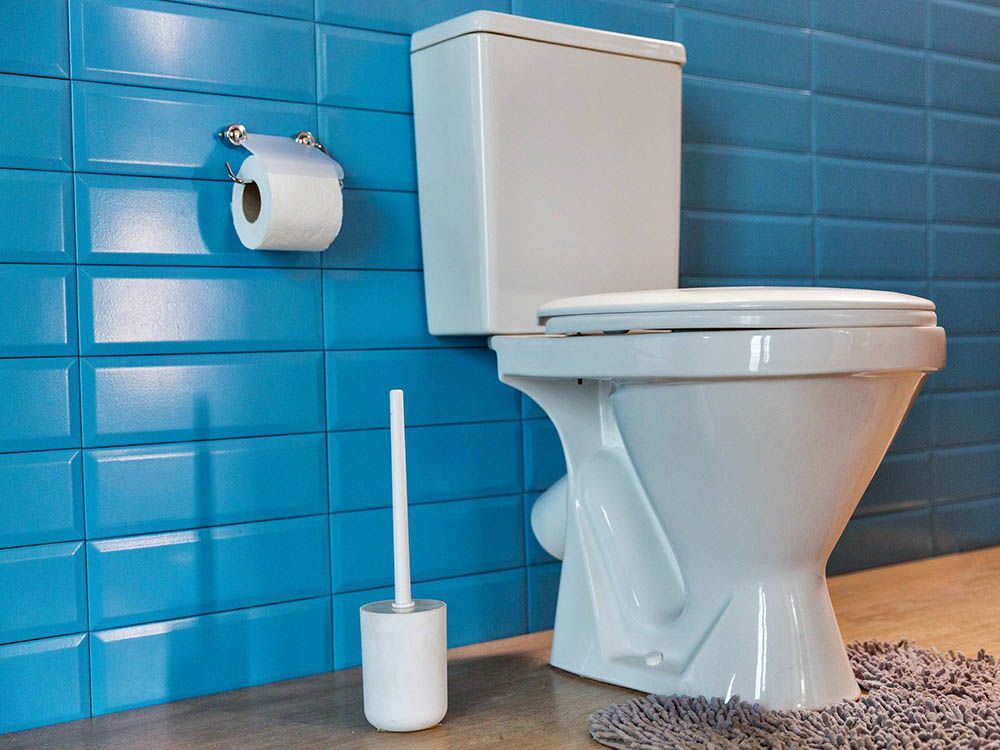everybody poops. and while most conversations on the topic are usually met with a round of snickering or embarrassment, our stool can tell us a lot about the state of our health. in fact, factors like the size, shape, smell, colour, consistency and length of time it takes to go are all ways that your poop holds clues to your wellbeing.
shape and consistency when it comes to the shape and consistency of our poo, there is a widely accepted diagnostic tool called the
bristol stool chart that classifies human feces into seven distinct categories.
according to the chart, hard, separate lumps that are difficult to pass or are sausage-shaped and lumpy, are associated with constipation; one sausage-like lump with cracks on the surface, or long, smooth and soft like a snake are considered normal, and soft blobs with defined edges, mushy stool with fluffy pieces or entirely liquid are a sign of diarrhea.
size believe it or not, when it comes to poo, size matters. your stool should be about the diameter of a banana and four to eight
inches in length. anything considerably smaller could be a sign of constipation or another underlying issue.
smell let’s be honest. your poop isn’t ever going to smell like a fresh batch of cinnamon rolls. but the smell shouldn’t make your eyes water either. the smell will fluctuate normally depending on what you eat, but a particularly pungent poop could be the
sign of an underlying health condition. cystic fibrosis, celiac disease, crohn’s disease, or an infection somewhere in the digestive tract can all lead to an abnormally smelling poo.
 3 minute read
3 minute read









